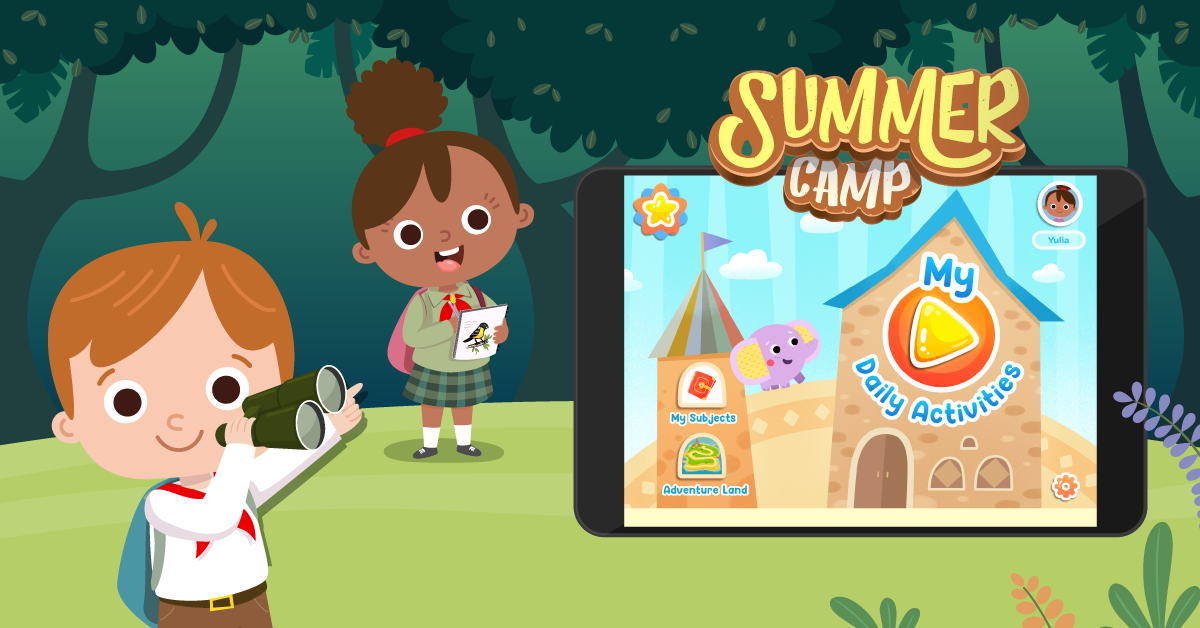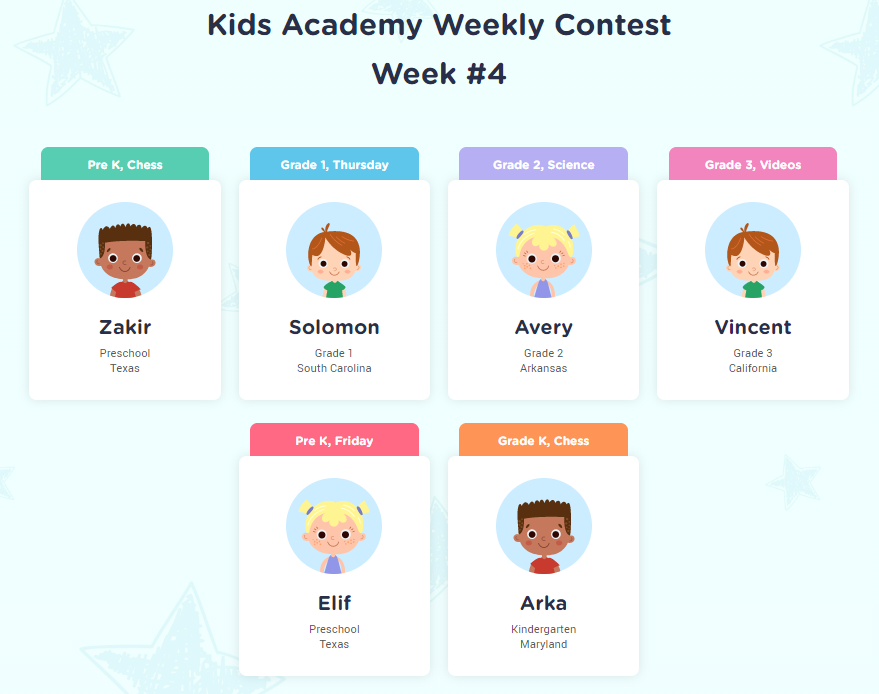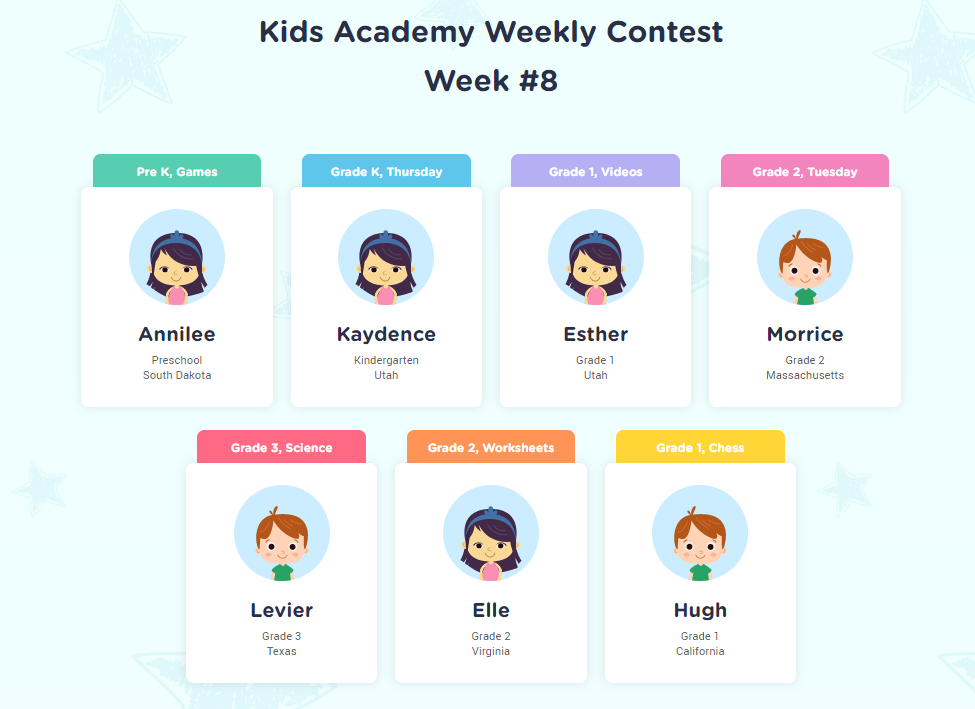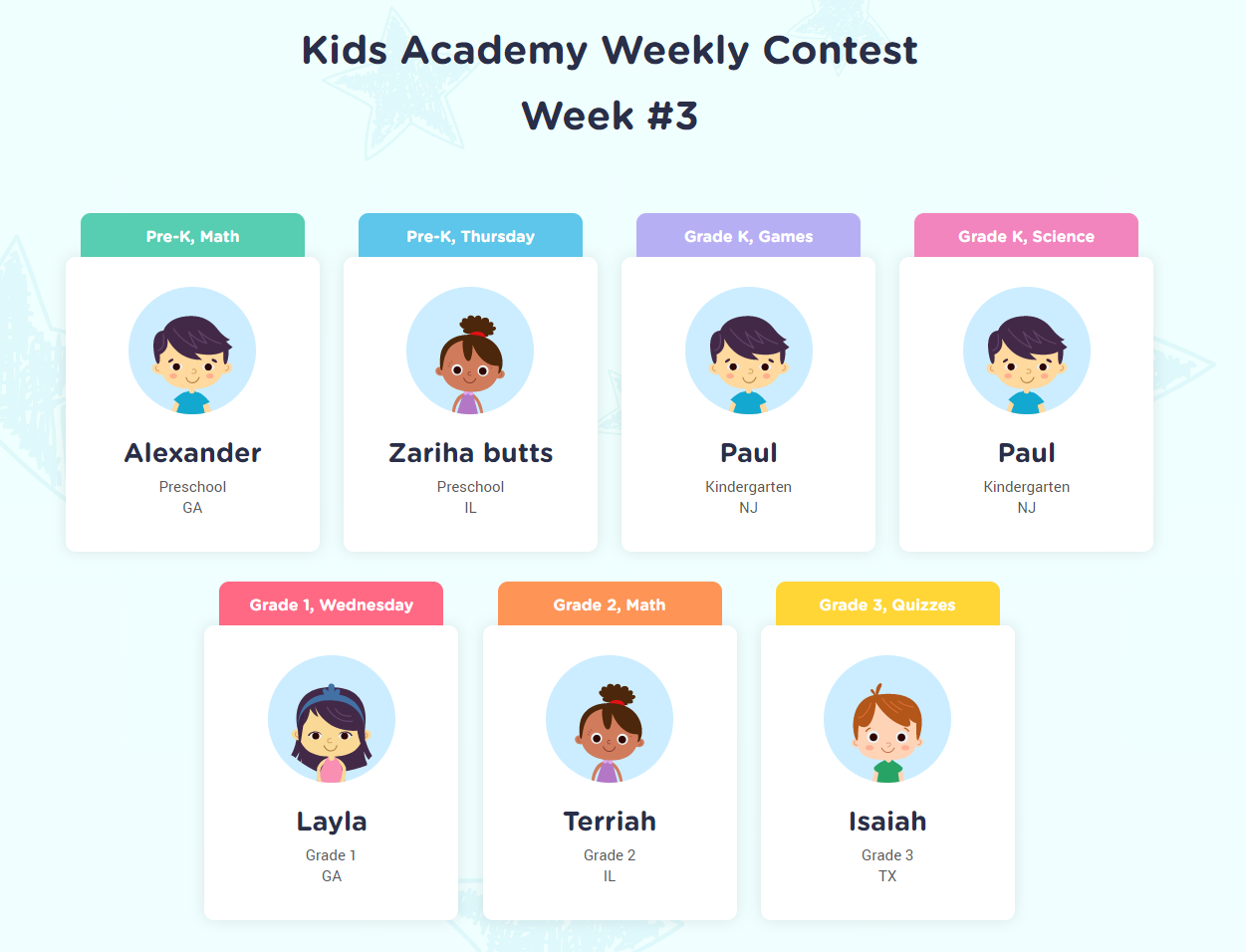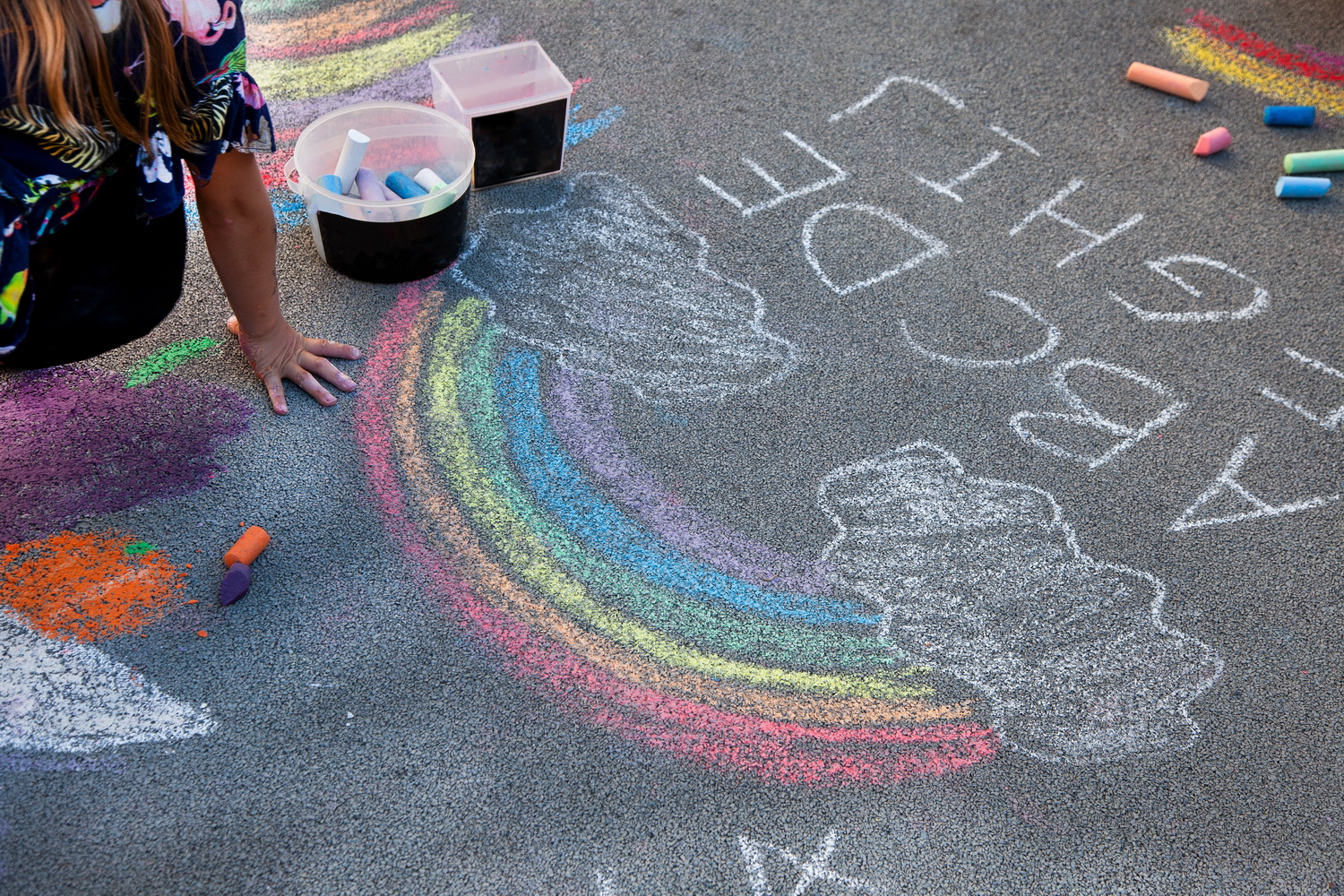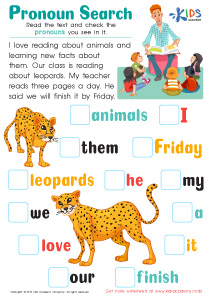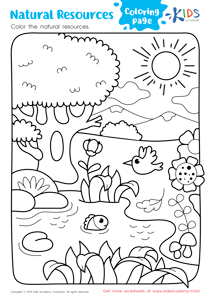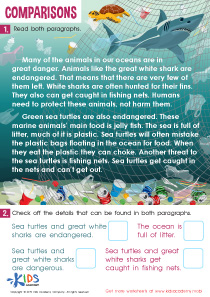Normal Building Vocabulary worksheets activities for Grade 3
1 filtered results
-
From - To
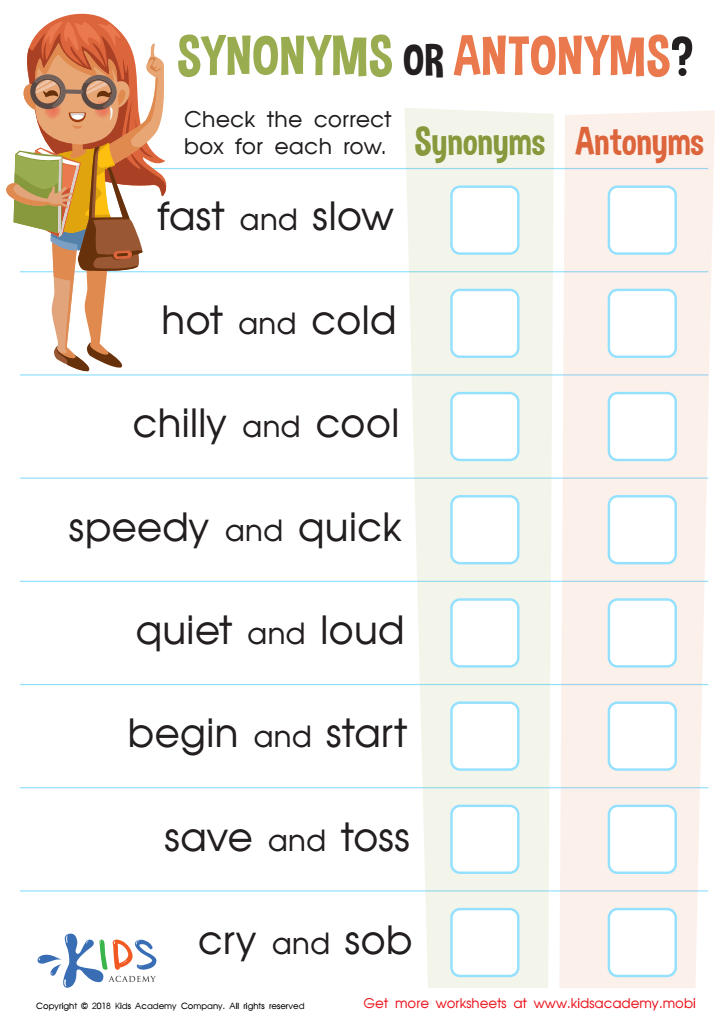

Synonyms or Antonyms: Assessment Worksheet
Normal Building Vocabulary worksheets activities for Grade 3 are an essential tool in the academic development of young learners. These activities are specially designed not just to expand the vocabulary of third graders, but also to enhance their understanding of word meanings, usage, and nuances in a structured yet engaging manner.
One of the core reasons these worksheets are so valuable is that they cater specifically to the developmental stage of Grade 3 students. At this age, children are transitioning from learning to read to reading to learn. This shift makes it imperative that they are equipped with a robust vocabulary that will support comprehension across all subjects. The Normal Building Vocabulary worksheets activities for Grade 3 are formulated to bridge this gap effectively.
Moreover, these activities incorporate a variety of learning strategies that address different learning styles. Whether a child learns best through visual aids, repetition, context clues, or through interactive games and puzzles, these worksheets offer a range of approaches. This inclusivity ensures that every student has the opportunity to expand their vocabulary in a way that resonates with them personally.
Another advantage of these worksheets is that they promote independent learning. While they can be guided by teachers or parents, many of the activities are designed in a manner that allows children to explore and learn new words on their own. This fosters a sense of accomplishment and encourages a lifelong love for learning and discovery.
Furthermore, Normal Building Vocabulary worksheets for Grade 3 are aligned with educational standards. This ensures that the vocabulary introduced is not only age-appropriate but also relevant to the curriculum, supporting students in their overall academic success.
In summary, Normal Building Vocabulary worksheets activities for Grade 3 are a critical resource in the educational toolkit. They not only enhance vocabulary but also instill confidence, promote independent learning, and support curriculum standards, making them an invaluable asset for young learners.
 Assign to My Students
Assign to My Students




